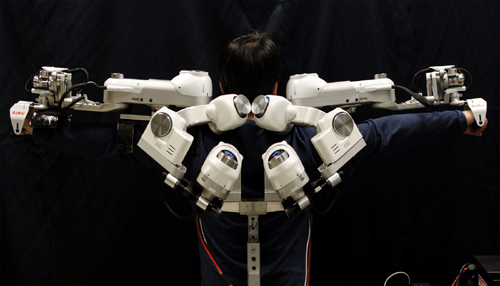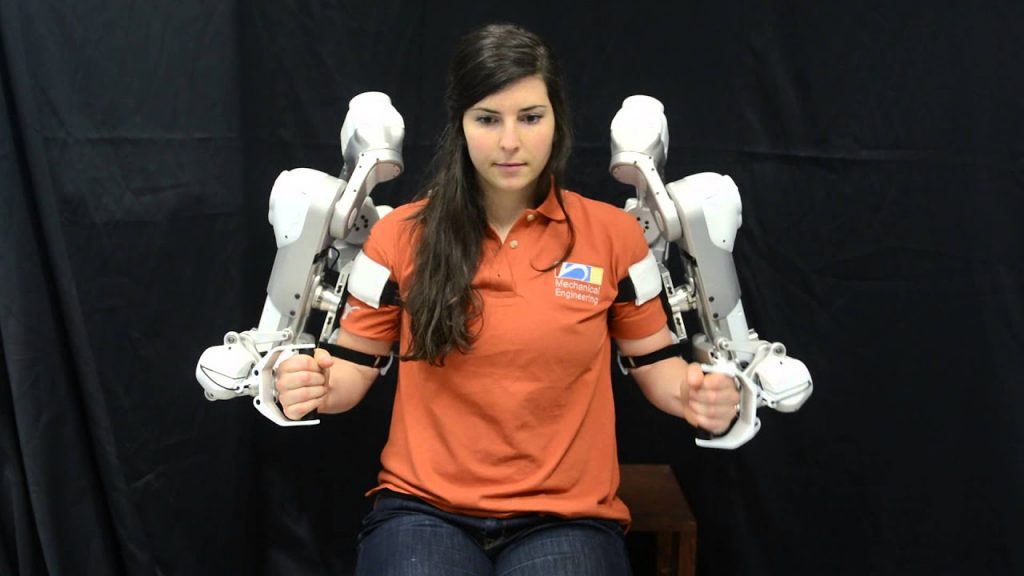The demand for physical therapists will develop by 25 percent from 2016 to 2026, as predicted by the Bureau of Labor Statistics. Another exoskeleton developed by the lab, dubbed Maestro, is designed to improve the hands and wrist capacities of spine damage patients. Both robots can be programmed to bring out patients using certain movements.
A batch of engineering students from the University of Texas at Austin is working to slack up some of that need with two modern recovery robots. One robot, named Harmony, is a complete upper-body exoskeleton that requires wrapping around the patient’s arms and shoulders. It is intended to move patients by applying some set of exercises, much like a physical therapist prefers.
The executive of the ReNeu Robotics Lab, which made the bots, Ashish Deshpande, said that an applied autonomy framework can assume an indispensable part by giving more treatment according to the information gathered on individuals in an absolute approach to alleviating stroke patients.
Another exoskeleton, made by the lab, named Maestro, is expected to help the spine-damaged patients’ hands and wrist capacities. To bring out the patients through particular movements, both the robots can be coded.
Mr. Deshpande envisions that they have an applied autonomy framework inside the treatment office, the robot would be programmed by the specialist, according to the state of the specific patient, to influence the robot to be prepared to draw in with the individual for drawn-out stretches of time.
Till now Maestro and Harmony are models, and it assumes that they will be in trials by 2018. The contemplation is that the exoskeletons could over the long haul be sold under the rigging spending design of generous recuperating focuses.



